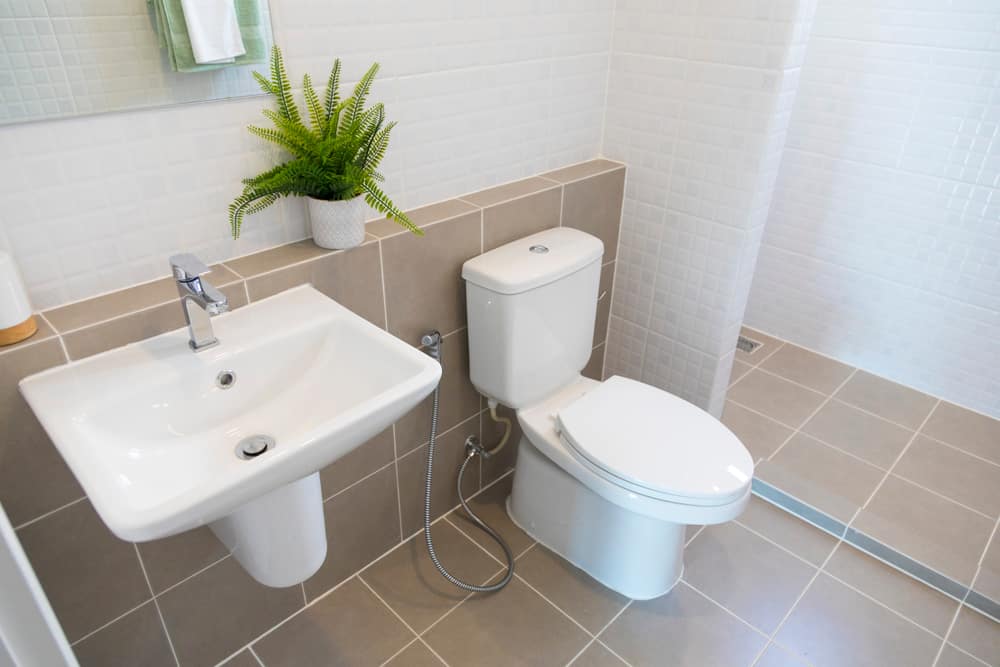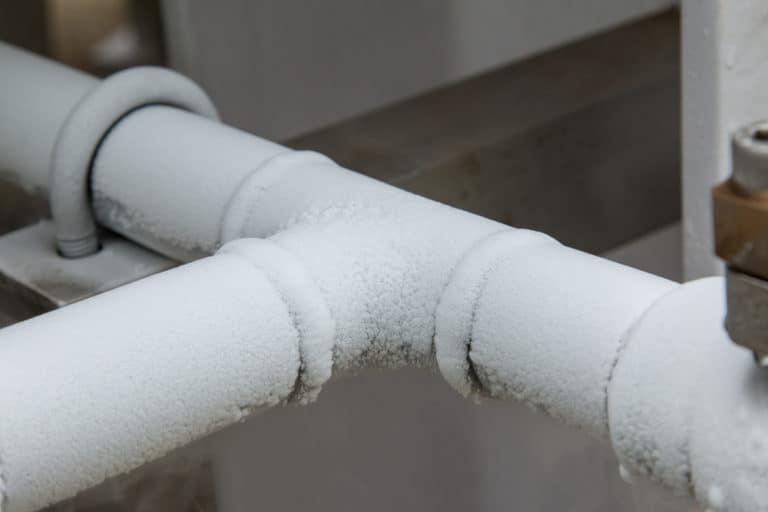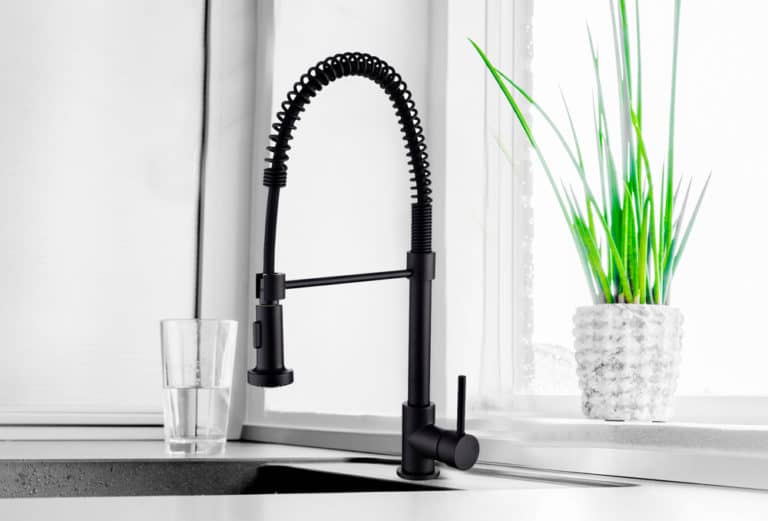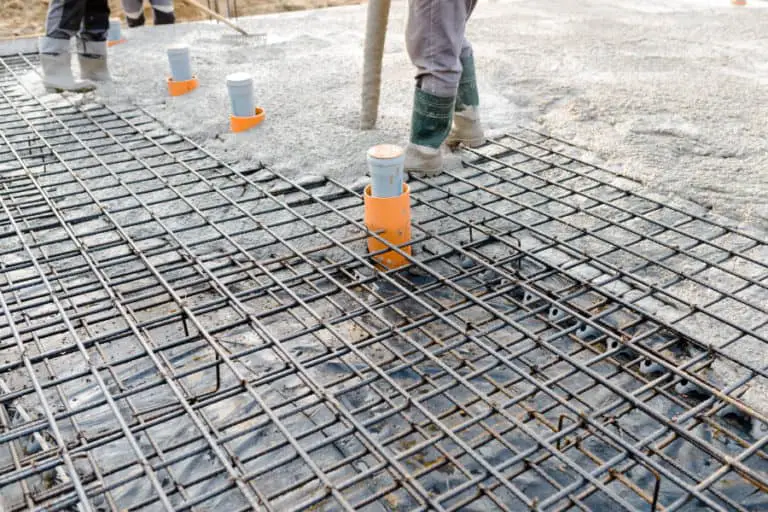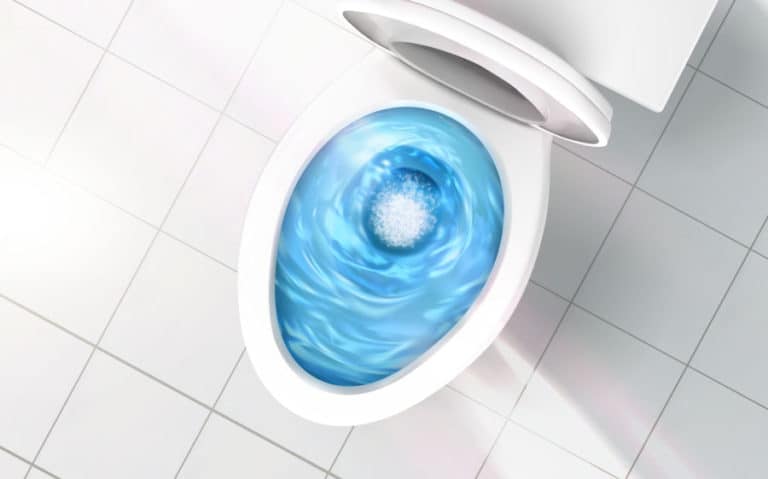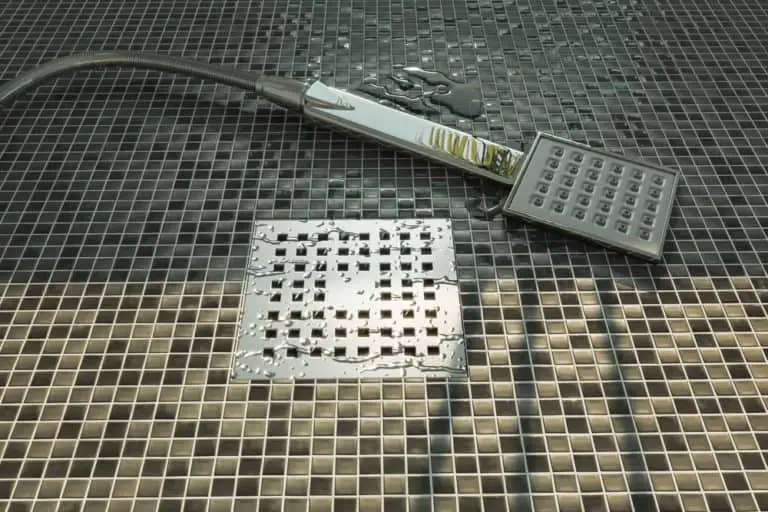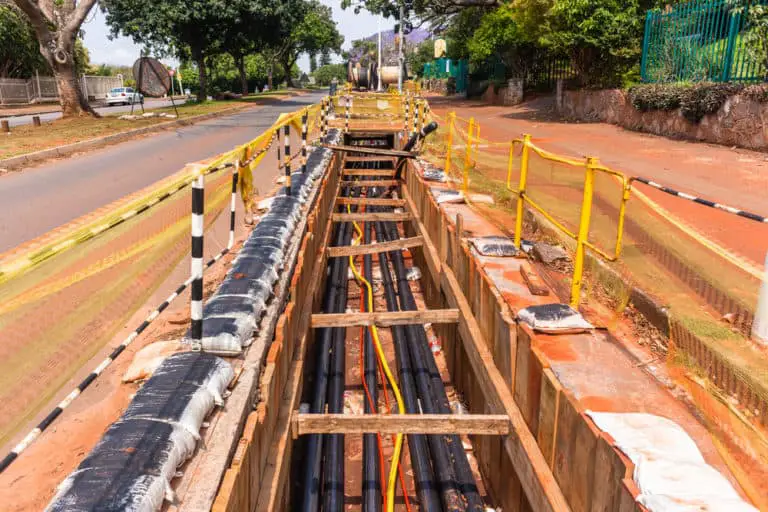Is The Sink Connected To The Toilet?
If you are making some plumbing improvements to your bathroom, you may be wondering how all the pipes connect. It can be confusing to understand how plumbers do things. So, is the sink connected to the toilet?
In most modern houses in the US, the sink is connected to the toilet, and they drain via a joint pipe into the sewer line. In older homes, two separate lines were used, a system which is still commonly used in many rural areas so that people can reuse gray water for watering gardens and so forth.
You may be wondering about the details of these systems and how they look in practice. We will describe the most common plumbing setups to understand better what sort of system your home uses.
In Older Homes, The Sink Was Not Connected To The Toilet
There were separate lines for the toilet and the bathroom fittings in older houses.
The toilet line (soil pipe), and a line known as an anti-siphonage pipe, drained the toilets. The anti-siphonage pipe was there to protect the toilet bowl seal from being sucked out when someone flushed an upper floor toilet.
If flushing sucked out the water seal, foul gases would infiltrate the system from the soil pipe.
A separate line drained the sink, bath, and shower. The only connection between these two systems was that both would eventually drain into the same sewerage system.
In Rural Areas, Grey And Black Water Systems May Be Separate
In many rural areas, no building codes prescribe the use of a single line.
As a result, many rural residents use separate lines.
Houses may have a pipe drain the toilet into a septic tank system. This system is the so-called black water system.
In contrast, the so-called gray water, from the shower, bath, washers, and sinks, goes into a separate system of pipes and may go to a holding pond or tank to irrigate gardens and vegetables.
In Modern Houses, The Sink Drain Connects To The Toilet
In modern houses, the lines from the toilet, the sink, the shower, and the bath are all connected.
Such a setup is known as a single stack system. A single large-diameter vertical pipe conveys wastewater and soil to the drain and provides ventilation via a roof vent that prevents airlocks that would impede water drainage.
The pipe from the sink may run horizontally and then connect via a T-junction to a vertical line whose lower section serves the toilet and whose upper section connects to the vent.
Or the sink and the toilet may both connect to vertical pipes that are then joined by a horizontal line, with the whole system being connected to a single vent and a single drainage pipe that goes into the sewerage system.
Some excellent house designs have a so-called wet wall, with hot and cold lines, drainage, and venting in one wall between a kitchen and a bathroom, going up to a second-floor bathroom or washroom. The wall takes the entire drainage for the whole plumbing system of the house.
You should not have more than one vent stack unless the toilet is more than ten feet from the stack, but sometimes shoddy plumbers install a separate vent for every item connected to the system.
Such a setup is code-compliant; however, it is considerably more likely to develop a leak.
If there is a separate vent for a toilet, it will often be shared with the nearest sink.
The sink pipe has a smaller diameter and therefore drains into the larger diameter pipe that drains the toilet.
In any such system, the pipes connect to a deep seal trap. Installing it thus is very important with a single stack system to provide positive protection against gases, odors, and germs.
Deep seal traps do this by only opening when water is flowing out.
When water is not flowing out, they close, preventing anything in the drainage line from coming back. Doing so also prevents pests such as rodents and roaches from coming up the sewer pipes.
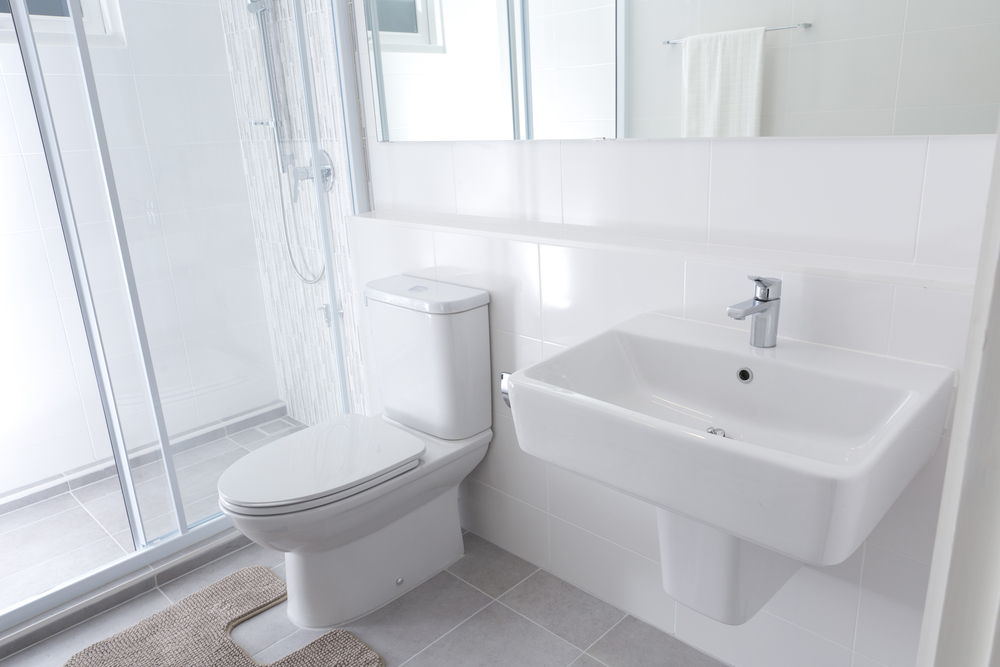
The Water For The Sink Is From The Same Source As The Toilet
Their water supply also connects the sink and the toilet to some degree. The same cold water lines supplying the sink faucets also provide flush water for the toilet.
However, there are safeguards if you are worried about a drop in pressure causing suction that would draw dirty water into the supply lines.
By building code, in every place where water is used, there is an anti-siphon device or air gap in the waterline.
A faucet ends above the sink level, preventing it from being flooded by dirty water.
A toilet has two safeguards.
Firstly, the inlet pipe is higher than the top tank from above the water level so that water drains into the bowl, keeping the water level below the fill valve.
Secondly, when you flush, a valve shuts off the bowl from the tank, preventing backflow from the bowl to the tank and thence to the water lines.
Some eco-friendly designs have gray water from the sink and the shower flow to the toilets to flush them so that you don’t have to use clean water to flush them.
The Implications Of A Fully-Connected Plumbing System
A fully-connected plumbing system, with a single drainage pipe connecting all the fixtures in the house to the sewer, is both convenient and cost-efficient, which is why such systems have largely superseded systems with separate drainage lines for each fixture.
However, if water cannot drain through the pipes, it will back up.
Such a situation means that if water cannot drain from the toilet because there is a blockage in the pipe, it may back up into the sink, causing an awful mess and stench.
If this happens to you, remember to plug your sink and close the overflow holes in the sink. If you fail to do so, when you plunge the toilet, the pressure from your plunger will force dirty water into the sink.
Conclusion
The sink and the toilet are connected in modern houses in the US. In older houses and many rural homes, two lines are used for gray water and black water.
References
- https://homeguides.sfgate.com/clogged-toilet-coming-up-through-bathroom-sink-69030.html
- https://homeguides.sfgate.com/causes-water-coming-up-drain-sink-70833.html
- https://homeguides.sfgate.com/combine-toilet-sink-drains-22987.html
- https://www.quora.com/Does-the-water-that-goes-down-your-sink-shower-toilet-and-street-drain-take-the-same-path-If-not-what-are-their-respective-paths
- https://www.quora.com/Is-the-same-pipe-used-for-drainage-from-a-sink-a-shower-and-a-toilet
- https://www.quora.com/Can-a-kitchen-and-bathroom-share-the-same-drainage-line
- https://www.quora.com/Is-toilet-water-coming-from-the-same-source-that-we-use-from-our-faucets
- https://www.quora.com/Can-a-toilet-and-sink-share-the-same-vent
- https://www.quora.com/Are-sink-and-toilet-pipes-connected

